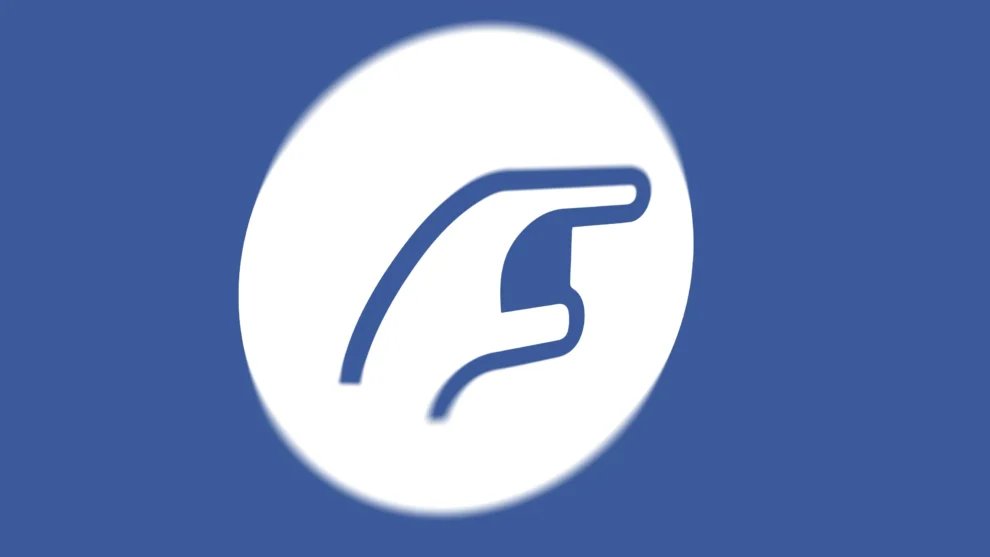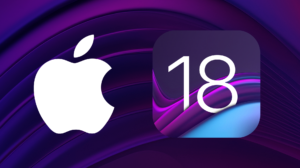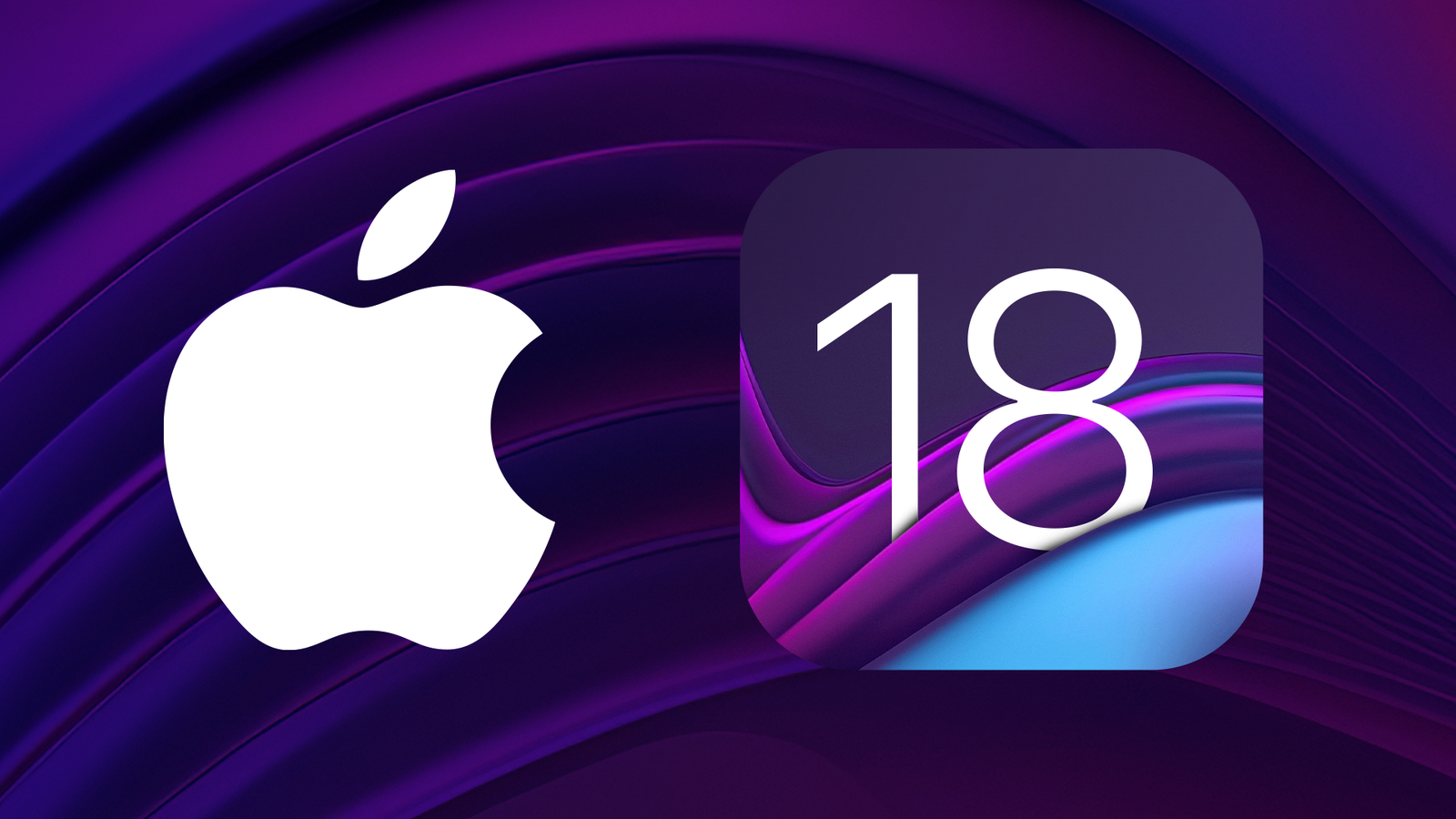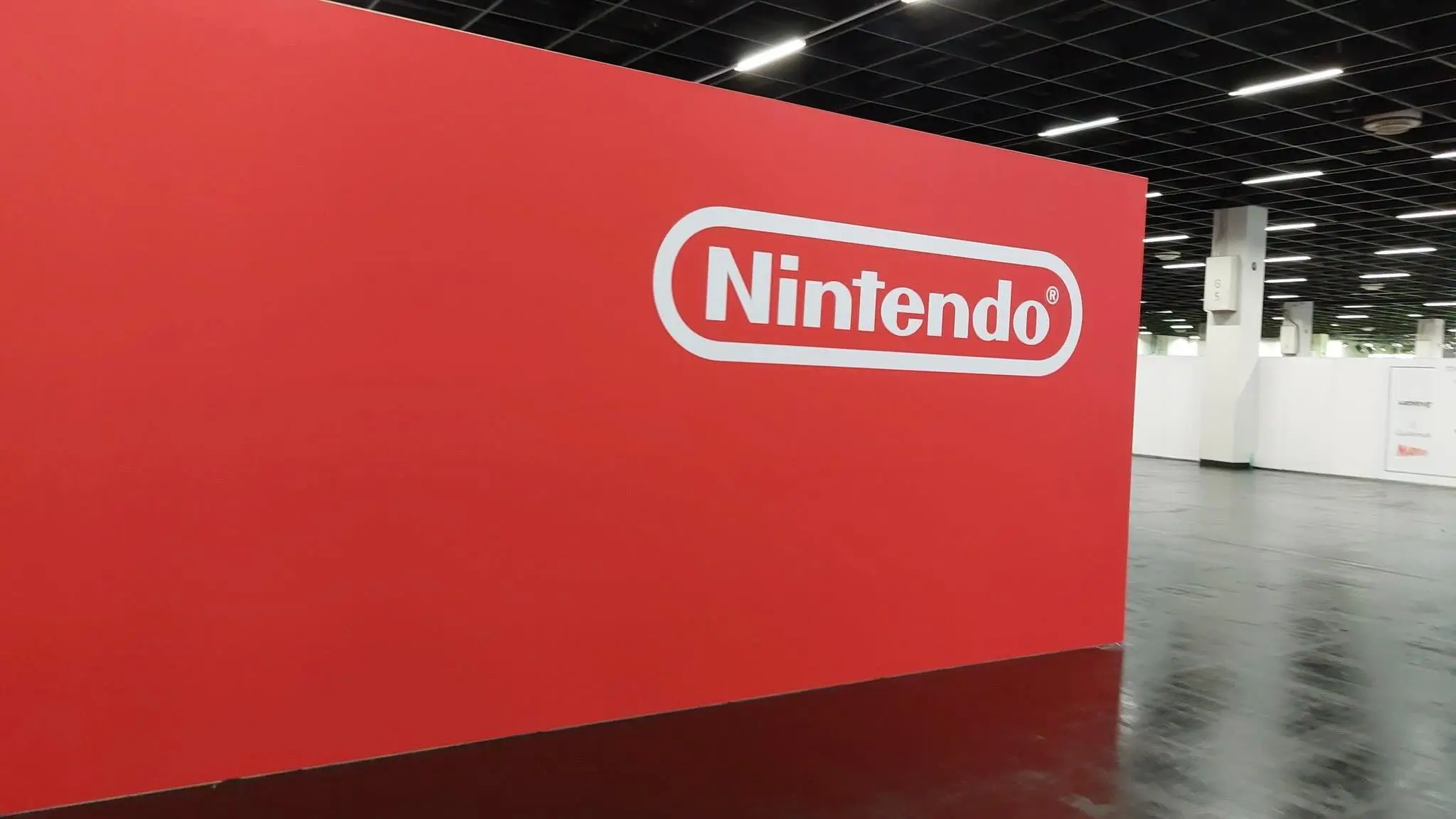In a move that blends nostalgia with modern social interaction, Facebook has announced the return of one of its original features: the Poke. This once-popular function, which had faded into the background of the platform’s myriad interaction options, is making a comeback, suggesting that Meta, Facebook’s parent company, is tapping into both nostalgia and the desire for simpler, more straightforward ways of communication.
Key Highlights:
- Revival of Nostalgia: Originally launched with Facebook in 2004, the Poke feature allowed users to send a virtual “nudge” to friends. Over time, its popularity waned, and it became less visible on the platform.
- Enhanced Discoverability: Meta has now made the Poke feature easier to find and use. Users can access it by searching for a friend’s name, with suggestions on who to poke being improved and the Poke page more accessible through search terms.
- Youthful Adoption: Surprisingly, the resurgence of Poking has seen significant uptake among younger users, with over 50% of new Pokes coming from individuals aged 18 to 29, a demographic that wasn’t the original audience.
- Social Connection: The Poke is framed as a low-effort, friendly gesture, a way to say “hi” to someone without the need for a full conversation, fitting well with contemporary social media interaction trends.
Facebook’s decision to bring back the Poke aligns with its 20th anniversary, marking two decades of digital connection and innovation. This move is seen as an attempt to interlace the platform’s rich history with its forward-looking vision, making classic features relevant for today’s social media landscape.
What is a Facebook Poke?
For those unfamiliar, a Facebook poke is a simple, one-click interaction. You poke a friend, they receive a notification, and can poke you back. Facebook never explicitly defined the meaning behind a poke, leaving it open to interpretation. Some used it to say hello, others to flirt, and some just to be playfully annoying.
Rise and Fall of the Poke
Peaking in popularity during Facebook’s earlier years, the poke feature slowly retreated into the background. It was never fully removed, but became increasingly difficult to find within the platform.
The Poke Revival
Recent updates seem to have ignited a poke resurgence. Facebook made these changes:
- Search Integration: Searching for a friend on Facebook now displays a convenient ‘Poke’ button.
- Poke Page: Typing ‘pokes’ in the search bar directs you to a dedicated Poke page with suggested friends.
- Increased Visibility: Facebook actively suggests friends to poke.
It seems to be working! Interest in poking is dramatically spiking, driven largely by younger demographics who may not have been on Facebook during the poke’s original heyday.
Why Bring Back the Poke?
Facebook hasn’t officially commented on the reasons behind their poke push. Possible explanations include:
- Nostalgia: Reviving classic features might attract older users and spark positive memories of simpler times on the platform.
- Low-Pressure Interaction: The poke is a lightweight, playful way to connect that’s even less demanding than sending a message.
- Gen Z Appeal: Younger users may find the poke’s ambiguity and retro charm appealing.
The reintroduction of the Poke has already resulted in a significant increase in its usage, indicating that this blend of nostalgia and novelty resonates with users. It also underscores a broader trend in social media, where platforms are exploring new ways to foster connections among users beyond complex algorithms and expansive feature sets.



















Add Comment